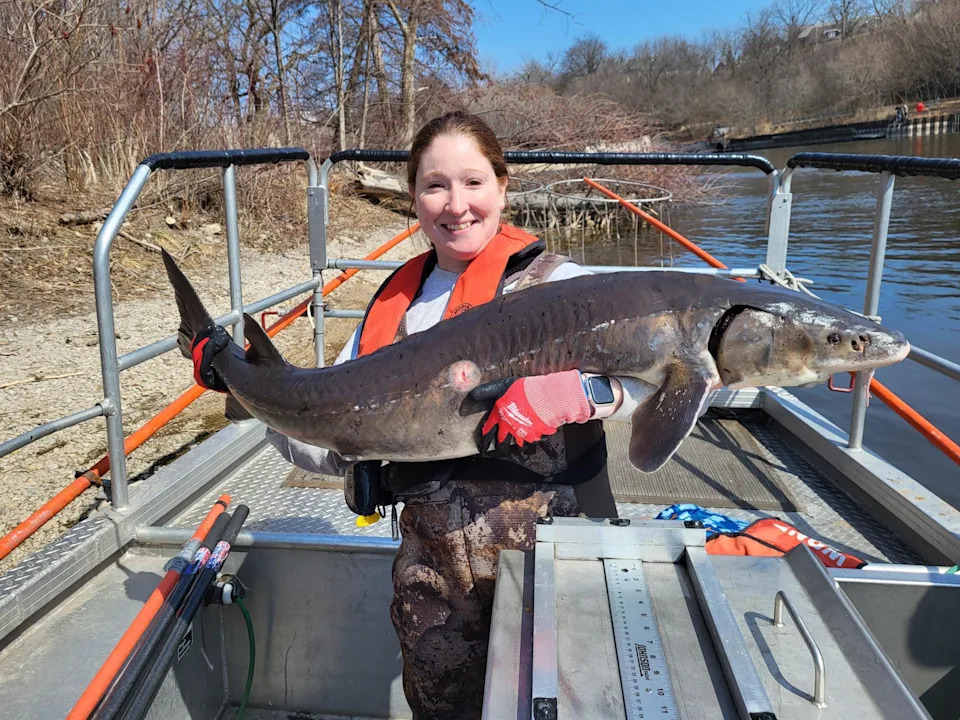Full Moon to Diminish Perseid Meteor Shower Visibility

This August presents a mixed forecast for sky enthusiasts in the Tri-State area. While clear skies are anticipated this weekend for viewing the full Sturgeon Moon, the moon’s brightness will likely hinder optimal observation of the annual Perseid meteor shower, which peaks on the night of August 12 and into the morning of August 13. NASA cautions that fainter meteors may be difficult to detect due to the lunar illumination.
The full Sturgeon Moon, named for the abundance of freshwater sturgeon caught around the Great Lakes region during this time according to the Old Farmer’s Almanac, will reach its peak brightness on Saturday, August 9. Other traditional Native American names for the moon include the Black Cherries Moon, Corn Moon, and Mountain Shadows Moon. Moonrise in South Bend is expected at approximately 9:22 p.m. on Saturday, crossing the meridian at 1:50 a.m., before setting around 6:54 a.m.
The Perseid meteor shower occurs annually when Earth passes through debris left behind by Comet Swift-Tuttle. These meteors— fiery remnants that burn up as they enter the atmosphere – often create noticeable streaks across the sky, sometimes referred to as “shooting stars.” The shower’s activity extends from July through September, with peak visibility in the Northern Hemisphere occurring August 12 and 13 this year. Under ideal conditions, observers can typically spot dozens or even hundreds of meteors nightly.
To maximize viewing opportunities, stargazers are advised to escape light pollution by traveling to dark locations like Beverly Shores (an International Dark Sky location), Kemil Beach at Indiana Dunes State Park, or Dr. T.K. Lawless County Park in Michigan. Allowing eyes 20-30 minutes to adjust to the darkness and avoiding bright lights will also enhance visibility. Facing away from the moon can further aid observation.
For those interested in locating celestial objects, several free astronomy applications are available for both iOS and Android devices including SkyView Lite, Star Walk 2, Star Chart, and NASA’s official app.
Beyond the meteor shower, August offers other astronomical events. A Venus-Jupiter conjunction, where the two brightest planets appear closely aligned in the sky, will occur between August 11 and 12.









